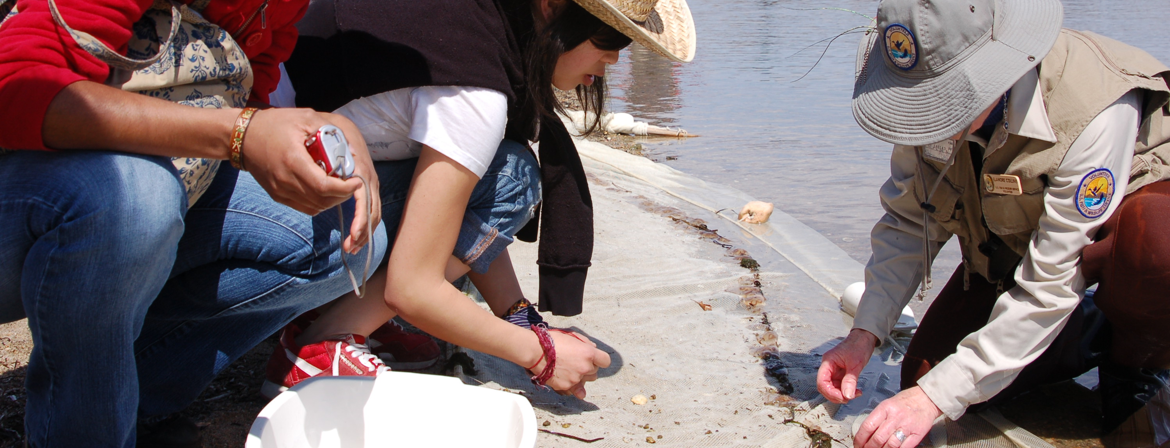Famiglia, Attività fisica, Nutrizione (FAN), was a community-based social marketing initiative in Canton Ticino, Switzerland aimed at reducing obesity in children ages 6 to 12. Be…
Created in 2003, the West of Scotland Cancer Awareness Project aimed to encourage individuals belonging to at-risk populations in the region to contact the National Health Service…
Growing Healthy Kids was an obesity prevention program for low-income families in Carrboro, North Carolina that aimed to increase children’s access to and consumption of fresh, fr…
In 2014, Sightsavers, Unilever, and Lifebuoy joined forces to create a program in Kenya, Ethiopia, and Zambia that would help to prevent childhood blindness and eliminate trachoma…
Conducted at Alfred Health, a tertiary health service in Melbourne, Australia, the purpose of the following study was to create and implement a campaign to improve influenza vacci…
Chicago’s Go Program was designed to help residents walk, bike, ride transit, and use bike share more frequently while driving alone less often. Outside of promoting alternative f…
Commissioned by the public health network for Cheshire and Merseyside (ChaMPs), Snack Right was a program designed to help children in low-income neighborhoods replace at least on…
In 2016, to increase the scale and comprehensiveness of energy efficiency and renewables projects needed to meet its Climate Action Plan in the home sector, Fort Collins created t…
Medicine Hat, a city in western Canada with a municipally owned utility, was interested in exploring how consumers would respond to receiving information on their home’s heat loss…
In 1991 the Bay Area Air Quality Management District (BAAQMD) launched Spare the Air – a voluntary program designed to curtail motor vehicle emissions and improve air quality thro…



